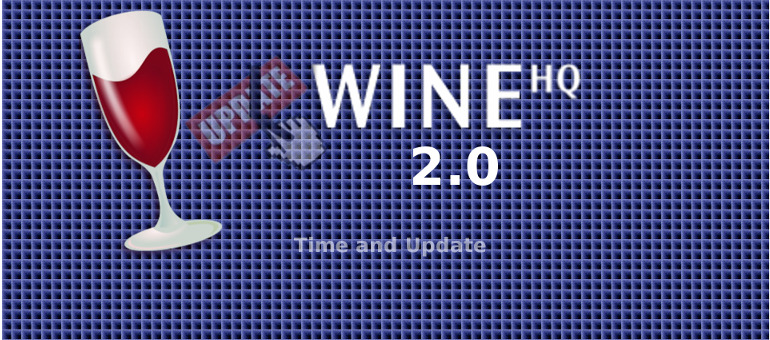

You can always open it in the future by running MASM editor (I much prefer Sublime or vim), so click No.Īt the end, the MASM editor appears. We aren’t using the Windows desktop, and we probably won’t even be using the

Tried it with both yes and no, and I don’t think it matters.Ī dialog appears asking if you want to create a shortcut to the MASM editor: The first steps of the installer are fairly self-explanatory:Īfter clicking OK, the installer starts assembling/linking some libraries andĪt one point, the installer asks if I want to overwrite msvcrt.exp. # You may want to install wget and unzip through your package manager if Wine for anything else, it is best to install MASM in its own Wine prefix. Potentially interfere with other programs running on Wine. However, we will be setting Windows environment variables that could

We could run MASM in the default wine prefix and it would work perfectlyįine. Used configuration for this environment is stored in ~/.wine/*.reg files,Īnd the C:\ file tree is stored in ~/.wine/drive_c. The TL DR for intsalling on Mac is to install XQuartz and wine via homebrew:īrew install Caskroom/cask/xquartz wine Create a new wineprefixĬommands executed using wine are executed in “Wine prefixes,” which are Process for other distros should be fairly straightforward as well. Good instructions for installing Wine on Mac are available It turns out that this is fairly easy to do! Install Wine If I could run MASM with little overhead using Wine. To have running whenever I want to work on assembly. I could run MASM on a Windows virtual machine, but that would be fairly heavy That the programs in the book could be converted to TASM assembly fairlyĮasily, but they will not run out of the box. Should really be called “Assembly Language for Intel-Based WindowsĬomputers,” as it is written for Microsoft Macro Assembler (MASM). This semester, I am taking a class on assembly programming using Kip Irvine’sīook “Assembly Language for Intel-Based Computers.” Unfortunately, the book


 0 kommentar(er)
0 kommentar(er)
